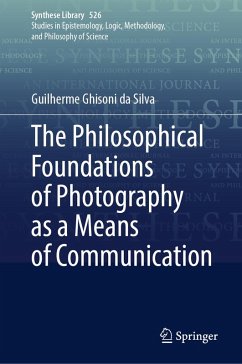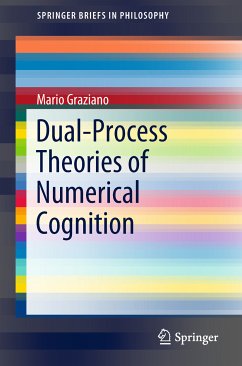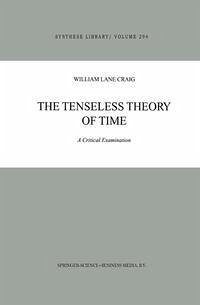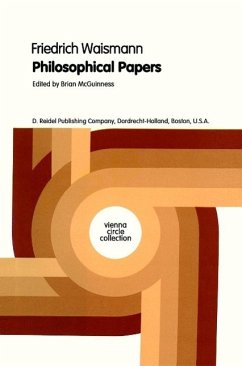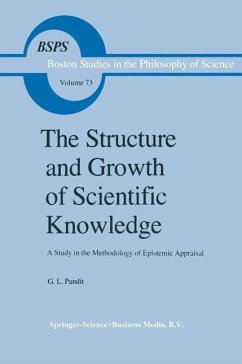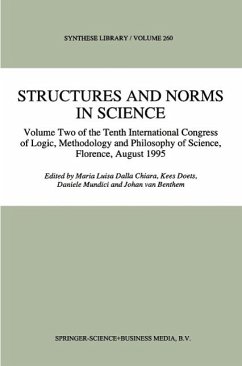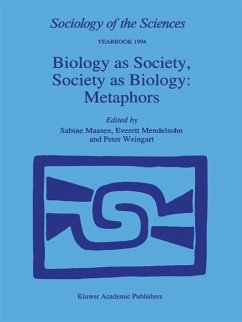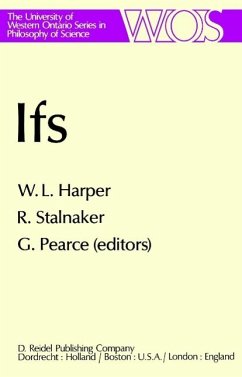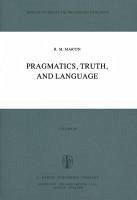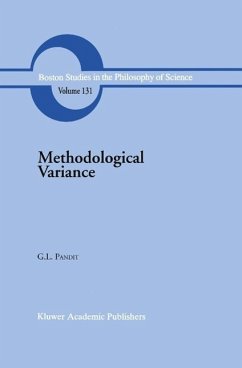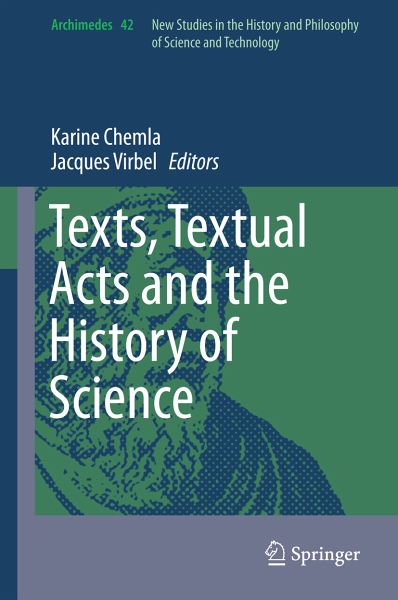
Texts, Textual Acts and the History of Science (eBook, PDF)
Versandkostenfrei!
Sofort per Download lieferbar
40,95 €
inkl. MwSt.
Weitere Ausgaben:

PAYBACK Punkte
20 °P sammeln!
The book presents the outcomes of an innovative research programme in the history of science and implements a Text Act Theory which extends Speech Act Theory, in order to illustrate a new approach to texts and textual communicative acts. It examines assertives (absolute or conditional statements, forecasts, insurance, etc.), directives, declarations and enumerations, as well as different types of textual units allowing authors to perform these acts: algorithms, recipes, prescriptions, lexical templates for terminological studies and enumerative structures. The book relies on the study of a bro...
The book presents the outcomes of an innovative research programme in the history of science and implements a Text Act Theory which extends Speech Act Theory, in order to illustrate a new approach to texts and textual communicative acts. It examines assertives (absolute or conditional statements, forecasts, insurance, etc.), directives, declarations and enumerations, as well as different types of textual units allowing authors to perform these acts: algorithms, recipes, prescriptions, lexical templates for terminological studies and enumerative structures. The book relies on the study of a broad range of documents of the past dealing with various domains: mathematics, zoology, medicine, lexicography. The documents examined come from scholarly sources from different parts of the world, such as China, Europe, India, Mesopotamia and are written in a variety of European languages as well as Chinese, Cuneiform and Sanskrit. This approach proves fruitful in both history of science and Text Act Theory.
Dieser Download kann aus rechtlichen Gründen nur mit Rechnungsadresse in A, B, BG, CY, CZ, D, DK, EW, E, FIN, F, GR, HR, H, IRL, I, LT, L, LR, M, NL, PL, P, R, S, SLO, SK ausgeliefert werden.




